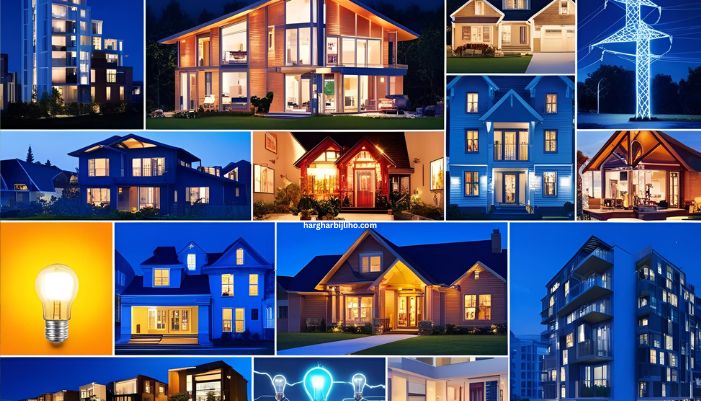Har Ghar Bijli: Lighting Up Every Household in India

Electricity is essential in modern life. It supports learning, health, communication, and livelihoods. But until a few years ago, many Indian homes still lived in the dark. To solve this, the Government of India launched the Har Ghar Bijli initiative under the Saubhagya scheme.
The mission: connect every household with electricity, no matter how far, poor, or remote it is. In this article, we break down how the scheme works, how far it has come, and how it’s changing lives across the country.
The Vision Behind Har Ghar Bijli
The idea behind Har Ghar Bijli is simple but powerful: universal access to electricity. The scheme falls under the Pradhan Mantri Sahaj Bijli Har Ghar Yojana (Saubhagya), launched in 2017 by the Ministry of Power. Its goal is to ensure no home in India remains unelectrified.
It targets both rural and urban households that were missed in earlier electrification efforts. For low-income and Below Poverty Line (BPL) families, electricity connections are provided at no cost.
Scheme Implementation and Strategy
Under Har Ghar Bijli, local DISCOMs (distribution companies) are responsible for identifying homes without power. Once listed, teams visit each area to set up connections. In some places, they extend the main power grid. In others, they use solar kits to provide basic lighting and charging in off-grid regions.
The process is streamlined through digital tools. A mobile app and online dashboard allow citizens and officials to track progress and access information in real time.

Results and Milestones
The progress under Har Ghar Bijli has been significant. By early 2021, the scheme had already achieved over 99% household electrification. As of 2025, more than 28.6 million homes have been connected.
Easy Guide to Drawing Cartoons for Beginners
Some of the biggest transformations happened in Uttar Pradesh, Odisha, Bihar, and parts of the Northeast. Even tough-to-reach tribal areas and mountain regions are now electrified using off-grid solar systems.
The Saubhagya dashboard continues to monitor performance, ensuring transparency and rapid response to areas that still lack power.
Why Har Ghar Bijli Matters
Electricity opens the door to opportunity. For children, it means light to study. For families, it means safety, comfort, and access to information. For women, it offers better working conditions and time-saving appliances. For rural entrepreneurs, it’s the start of growth.
The scheme has also reduced dependence on unsafe sources like kerosene, which harm both health and the environment. Clinics now store vaccines properly. Schools use digital learning tools. Small businesses stay open late and earn more.
Simply put, Har Ghar Bijli is not just about wires and switches. It’s about real change in people’s daily lives.
Key Challenges
Despite the success, the journey hasn’t been without issues. Some remote areas remain difficult to reach due to tough terrain. Others still face power outages and unreliable voltage.
Another issue is affordability. While the initial connection is free for BPL families, regular usage bills can become a burden. Many low-income households struggle to pay on time, risking disconnection.
Infrastructure maintenance and capacity expansion are also ongoing concerns, especially as electricity demand grows.
What’s Next: Powering the Future
India is now moving from “power for all” to “quality power for all.” The goal is no longer just access but reliable, clean, and affordable electricity.
Rooftop Solar for Homes
The new PM Surya Ghar Muft Bijli Yojana is providing free rooftop solar panels to over 1 crore homes. This will cut energy costs and support India’s push for renewable energy.
Smart Meter Rollout
Digital smart meters are being installed across the country. They improve billing accuracy, reduce losses, and empower users to track their usage in real-time.
Strengthening DISCOMs
The UDAY 2.0 reform helps electricity companies upgrade infrastructure and reduce financial losses—essential for long-term sustainability.
Conclusion
Har Ghar Bijli has brought light to millions of homes—and hope to millions of lives. It’s more than a government project. It’s a symbol of equality, progress, and the right to a better life.
As India looks ahead, the focus is on maintaining this momentum through cleaner energy, stronger systems, and reliable service. The journey is not over, but one thing is clear: the light is on—and it’s here to stay.





